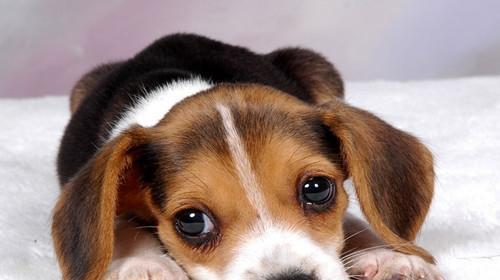
dog
In the seven years since the cataract surgery started in 2006, hundreds of cataract surgeries have been performed on dogs and cats.
In recent years, with the rapid increase in the number of domestic pets, especially the increase in the number of purebred animals, more and more breed genetic diseases have appeared clinically in pets, whether it is hip joint disease in large dogs or many.
Today I mainly want to talk about the difference between cataract surgery for pets and cataract surgery for humans, because many animal owners do not understand this deeply.
1. Cataract maturity
At present, the condition for human beings to select cases suitable for surgery before surgery is that the visual acuity is lower than 0.4. This stage does not affect any normal life for animals, so animal owners will not take animals for surgery at this stage, and even many animal owners.
2. Nuclear sclerosis does not equal cataract
As I said just now, in order to ensure accurate vision, human beings perform cataract surgery at the stage of sclerosis of the lens nucleus. At this stage, the hardness of the lens is not large, so phacoemulsification is very easy, but it has developed for more than 90% of cataract cases.
3. Human cataract surgery without general anesthesia
Since humans can understand the doctor's instructions and have good control, they can cooperate well with the doctor to complete the operation during the operation, but animals cannot do this, so the cataract operation of any animal requires general anesthesia.
4. The difference between intraoperative eyeball position and animal eyeball position
When humans are undergoing phacoemulsification, the eyeball can be rotated, so that the doctor does not need to think too much about the position of the eyeball during the entire operation, while the eyeball cannot rotate freely after anesthesia, which makes the operation more difficult, and the animal
5. Animal crystals are bigger than human
It is obvious that the larger the crystal, the longer the operation time.
6. Cataract surgery in animals has far more complications than humans
The types of complications after cataract surgery in humans are the same as those in animals, including retinal detachment, glaucoma, uveitis, corneal ulcers, etc., but the incidence is much lower than in animals, so pet ophthalmologists observe cataract surgery after surgery
7. Animals need to be hospitalized for observation after cataract surgery
Most cataract surgeries in humans have become outpatient surgeries, that is to say, most patients can go home after surgery, but only come to the hospital for re-examination every day after surgery, while animals need to pass various postoperative eye indicators after being hospitalized, and are kept in cages.
8. The cost of pet ophthalmic equipment is more expensive than human ophthalmic equipment
It is also obvious that all animal instruments are more expensive than human instruments due to production costs, since mass-produced equipment is certainly less expensive than limited-quantity production.
To sum up the eight points, you may have an understanding of the difference between pet cataract surgery and human cataract surgery.
Over the years, I have been cultivating doctors in this field. At present, the eye center of Barbie Hall has and is training a group of such pet ophthalmologists. I believe that in the near future, more and more pet ophthalmologists will be able to do this.
Author: Dong Yi, Doctor of Veterinary Ophthalmology, China Agricultural University, Deputy Secretary General of the Pet Clinic Branch of China Veterinary Medical Association.
